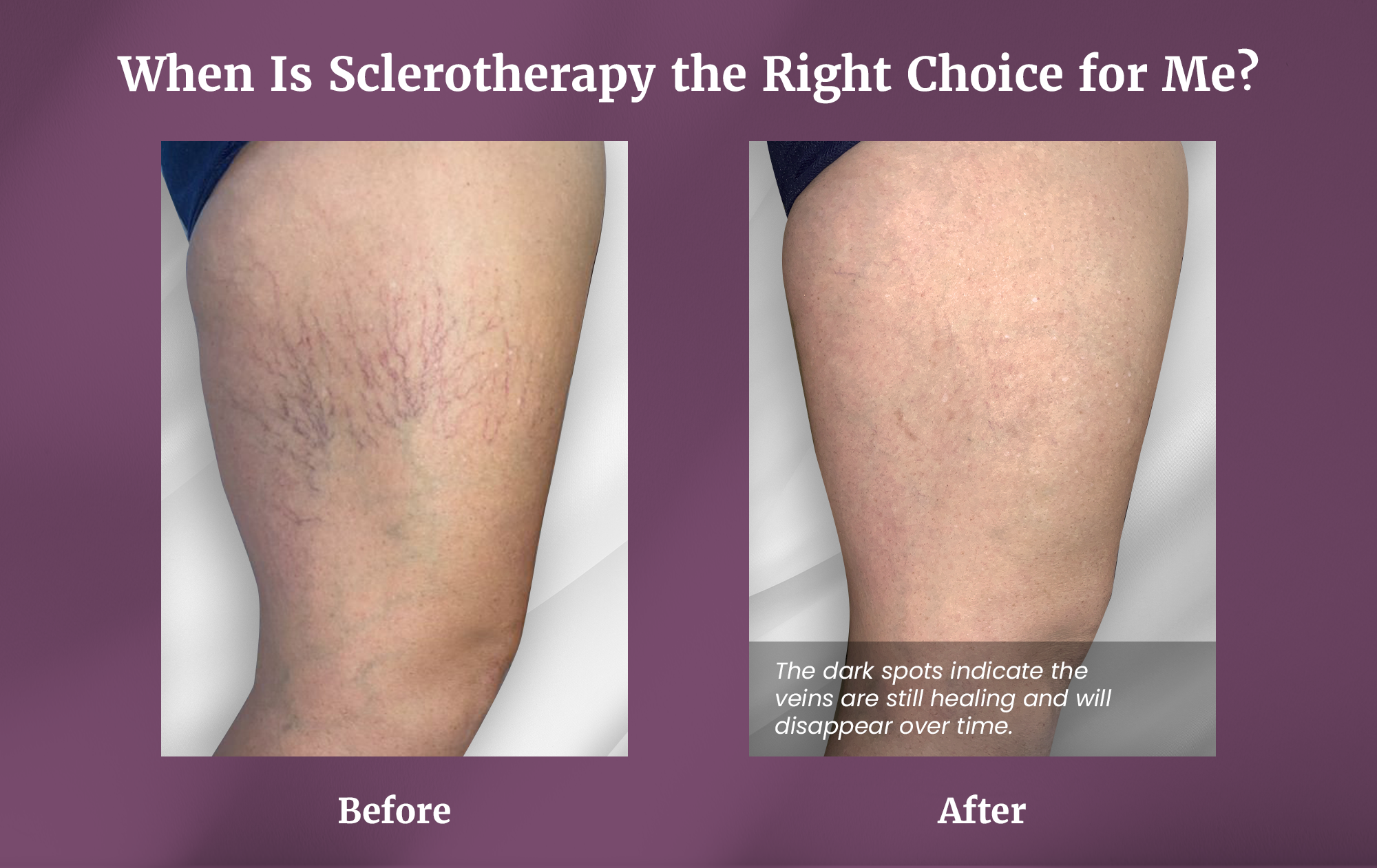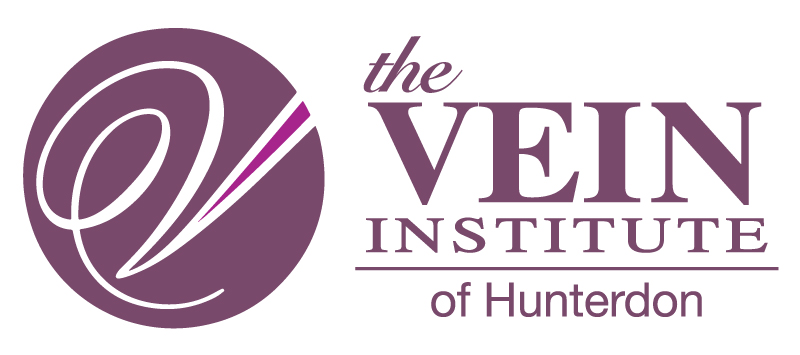When Is Sclerotherapy the Right Choice for Me?

If you have a vein condition such as reticular veins, spider veins or varicose veins, you may be happy to learn there are safe, effective treatments that can reduce the appearance of your veins, as well as their symptoms.
Sclerotherapy is one of the many such treatments for vein conditions that can help you find relief.
Here’s how sclerotherapy works, and how to request an appointment with The Vein Institute of Hunterdon to find out whether you’re a candidate for this procedure.
What Is Sclerotherapy and How Does It Work?
Sclerotherapy is a minimally invasive treatment for reticular veins, spider veins and varicose veins. During the procedure, a medical solution called a sclerosant is injected directly into the problematic vein using a fine, tiny needle. The sclerosant causes the vein to collapse, which closes the vein and forces blood to reroute through other nearby healthy veins. Over time, the veins injected with sclerosant are absorbed by the body and gradually fade from view.
Sclerotherapy is relatively painless and produces no downtime. Treatment sessions may take as little as 30 minutes, and you can resume your usual activities immediately afterward.
Types of Sclerotherapy Treatment
Sclerotherapy can be performed as ultrasound guided sclerotherapy or cosmetic sclerotherapy.
Ultrasound Guided Sclerotherapy
This method is ideal for treating problematic veins that lie deep under the skin, or that cannot be seen easily without some type of imaging tool. In ultrasound guided sclerotherapy, the vein specialist will use ultrasound technology to help map out your veins and gain a clear view of the areas to treat.
Cosmetic Sclerotherapy
This method is typically only performed for cosmetic reasons, such as to reduce the appearance of unsightly reticular veins or spider veins. The vein specialist performs cosmetic sclerotherapy almost exactly the same way as ultrasound-guided sclerotherapy but without imaging technology.
What Are the Benefits of Sclerotherapy?
If your goal is to eradicate unsightly reticular or spider veins or to treat large, bulging, twisted varicose veins that produce symptoms, sclerotherapy may be an option.
Sclerotherapy is minimally invasive, which means it involves no incisions, scarring or anesthesia. Other benefits of sclerotherapy:
- Appointments are short and convenient.
- It produces little to no pain.
- It causes no downtime.
- Results are permanent.
- It produces few to no side effects.
- It reduces varicose vein symptoms.
Who Are Ideal Candidates for Sclerotherapy?
You may be an ideal candidate for sclerotherapy if you are unhappy with reticular veins, spider veins or varicose veins and want them removed or if your veins cause symptoms—such as pain, itching and burning in the legs—that are greatly affecting your quality of life.
Ideal sclerotherapy candidates usually meet the following criteria:
- They have realistic expectations about what sclerotherapy can and cannot do.
- They are in good general health.
- They can walk around freely, which is necessary to reduce the risk of blood clots.
- They understand that sclerotherapy will not prevent new veins from forming in other areas.
- They are willing to adhere to aftercare instructions.
Recovery and Aftercare Following Sclerotherapy
Though sclerotherapy doesn’t cause downtime, practicing certain aftercare steps is necessary to ensure you achieve the desired results.
Walking around frequently for the first week after sclerotherapy is recommended to promote healthy circulation and prevent blood clots. Your provider may also recommend wearing compression socks for at least seven days. It may take several weeks before your veins go away completely, but the end results will be worth it!
If you’re interested in sclerotherapy and think you’re an ideal candidate, an experienced vein specialist can evaluate your veins and confirm whether this procedure is right for you. Contact The Vein Institute of Hunterdon at (908) 788-0066 to request an appointment today.
